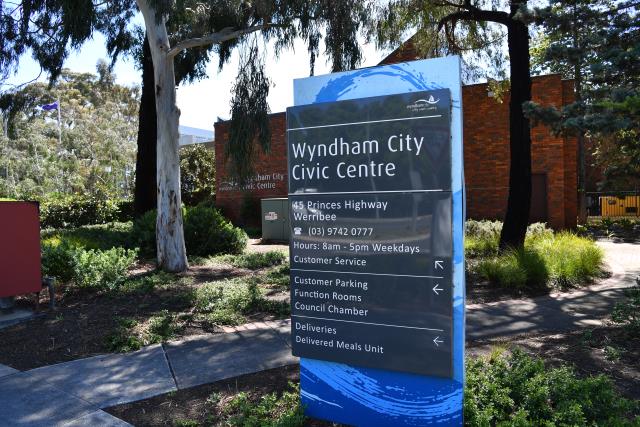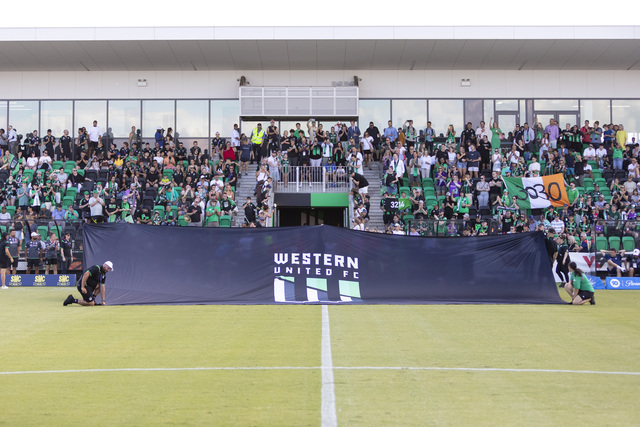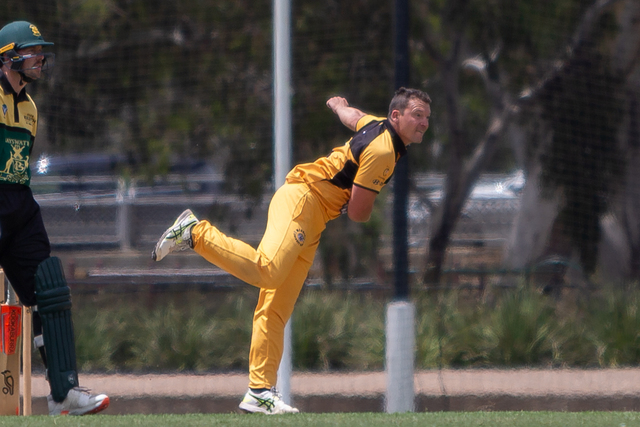Retail sales plummeted in the lead-up to Christmas as cash-strapped shoppers made the most of Black Friday sales.
Australian retailers recorded a 3.9 per cent drop in turnover in December, marking the first and only decline in the year 2022.
The Australian Bureau of Statistics chalked the decline up to cost of living pressures driving households to bring their Christmas shopping forward to take advantage of Black Friday and Cyber Monday sales.
Retail turnover in November was revised upwards in the latest figures to a 1.7 per cent lift over the month.
ABS head of retail statistics Ben Dorber said seasonal spending patterns over the Black Friday and holiday period were evolving.
“While there was a strong rise in original terms for December, as is expected in the lead up to Christmas, this year’s rise in original terms was smaller than those typically seen in past December months,” he said.
“This has led to the large seasonally adjusted fall.”
The biggest declines were concentrated in Black Friday’s gains, including department stores – which fell 14.3 per cent – and clothing, footwear and personal accessories, down 13.1 per cent.
Food retailing was the only category to increase, picking up a minor 0.3 per cent.
While the results suggested a reshuffling of holiday shopping patterns to the November discounting period, KPMG senior economist Sarah Hunter said there was evidence of a general slowdown in spending.
On an unadjusted basis, which does not take into account seasonal patterns, spending lifted in line with the usual festive season trend. However, Dr Hunter said this increase was modest.
“Households are clearly feeling the squeeze from higher prices and rising mortgage costs, and many people continued to redirect their spending towards services – demand for air travel and local tourism remains buoyant, and in contrast to most other categories spending in cafes and restaurants was broadly flat on the month.”
The economist said the retail trade result would complicate the Reserve Bank’s interest rate decision next week, with markets expecting another cash rate after robust inflation and labour force statistics.
“Households are clearly considering their spending decisions, and with consumption the largest share of GDP this will have a significant impact on the overall GDP figure,” Dr Hunter said.
However, given signs of broad-based inflation, she said the RBA board was likely to pull the trigger on at least one more rate hike before pausing to take stock.
In further signs of a cooling economy, December private sector credit was also weaker than expected, rising by just 0.3 per cent in December
Markets were expecting a 0.5 per cent lift, with the weak result reflecting declining risk appetites as inflation and rising interest rates take effect.
Plus, monthly gains in advertised salaries captured in SEEK’s index slowed from 0.5 per cent to 0.3 per cent in December.
While the war for talent drove advertised salaries up by 4.7 per cent over the year, the slower month-on-month increase suggests the index has passed its peak.







